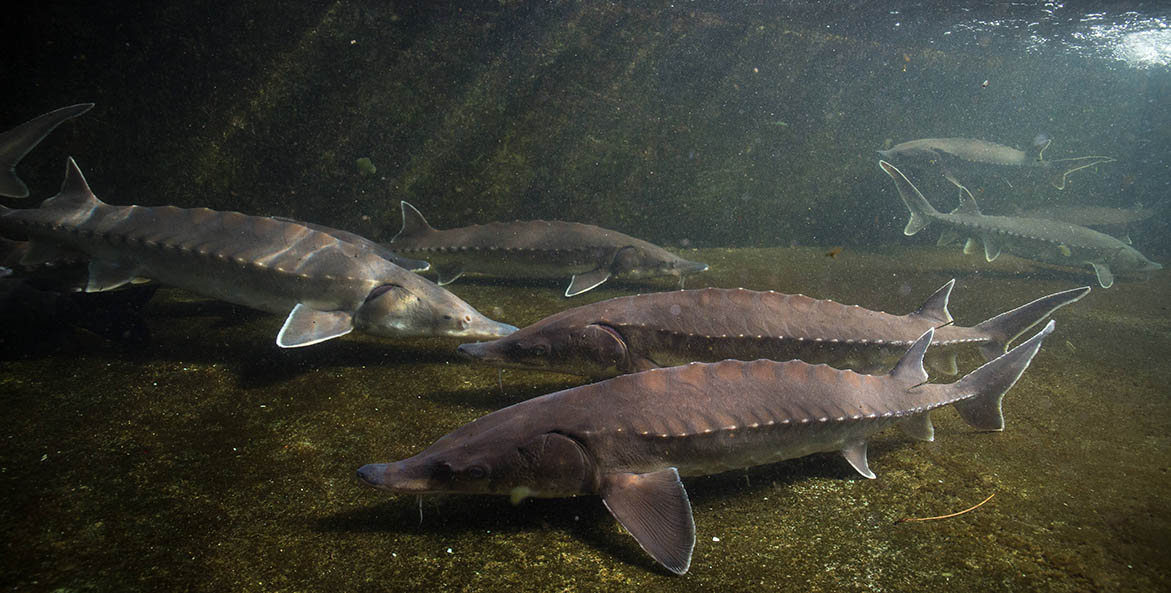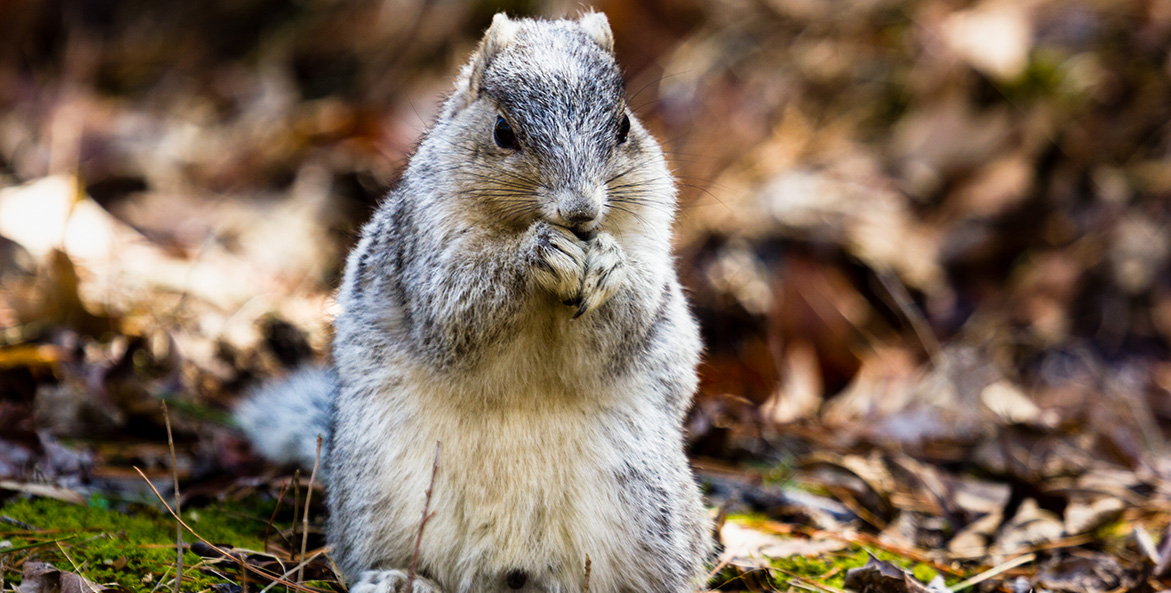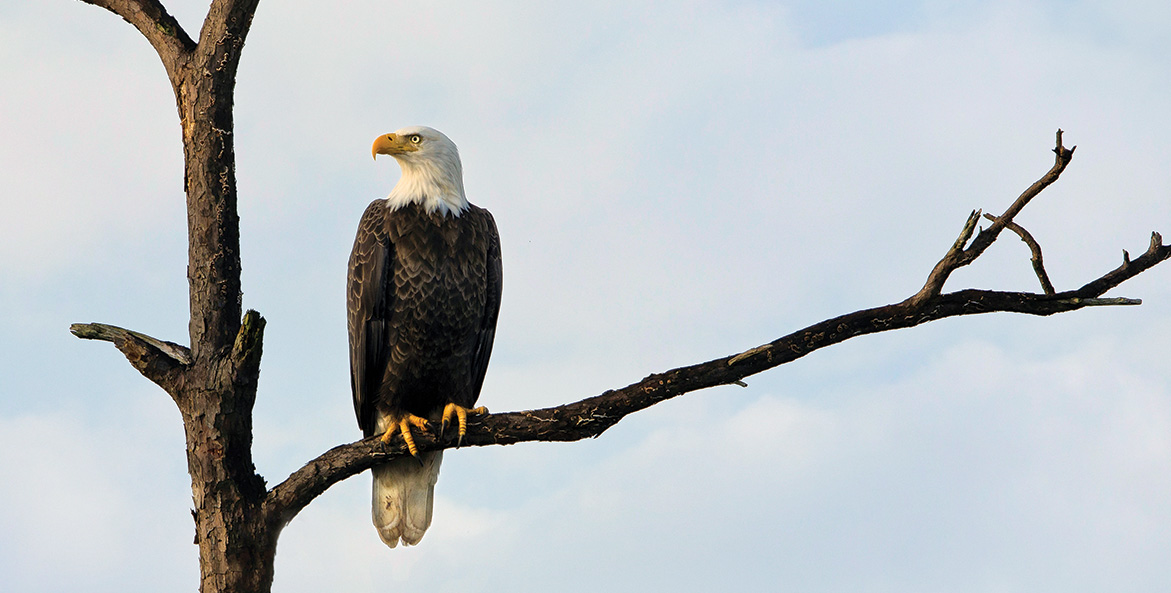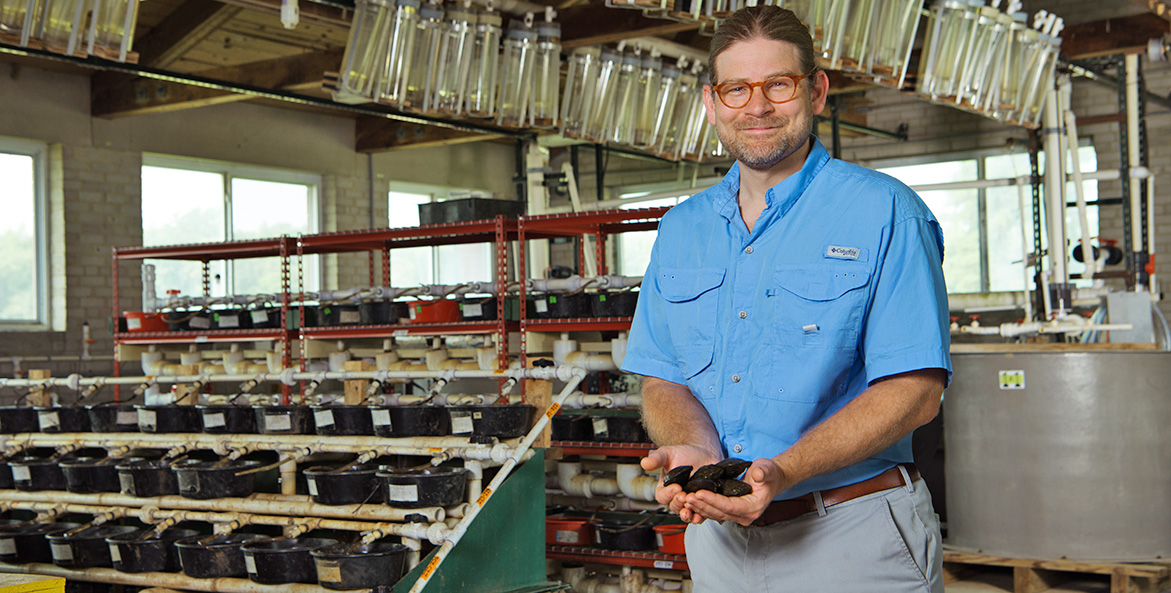Few species in the world have as beautiful and evocative a name as Virginia’s green-blossom pearly mussel. Indigenous to the Clinch River in southwest Virginia and Tennessee’s Cumberland Plateau, this medium-sized mussel with an irregularly elliptical shell is smooth and shiny and patterned with delicate, fine green rays. It’s a beauty.
Or at least it was. The green-blossom pearly mussel is one of the latest species in the region to officially become extinct. Gone the way of the passenger pigeon, the Tasmanian Tiger, the glorious dodo . . .
The green-blossom pearly mussel is tragically just one of many mussel species no longer with us. In fact, freshwater mussels continue to be the most endangered group of organisms in the United States. Not a good thing considering how valuable they are to our ecosystem—especially right here in the Chesapeake.
“Like oysters, freshwater mussels provide ecosystem values like filtering water and removing excess nitrogen that are subtle but crucial to restoring the Chesapeake’s health,” says CBF Virginia Senior Scientist Joe Wood, Ph.D. “If we want a healthy Bay, we have to look deeply into the way the system works and pay attention to the natural systems that supported it before we humans began to alter it. Restoring those natural filtration systems, including oysters (and other shellfish) in salty waters and multiple species of mussels in fresh water will pay big dividends in the long term.”
Wood, CBF’s resident freshwater mussel expert, has for years been studying and advocating for these often-overlooked filter feeders. In fact, CBF, the Smithsonian Institution, the Florida Museum of Natural History, and the U.S. Fish and Wildlife Service recently teamed up to bring awareness to imperiled freshwater mussels through the creation of unique 3D models. This project is the latest of many that CBF has been involved with to advance critical mussel restoration efforts across Virginia. While it may be too late for the green-blossom pearly mussel, there are roughly 25 other species of mussels living across the watershed’s freshwater rivers and streams that we are working to protect.
Despite the green-blossom’s demise, the Endangered Species Act (ESA), which this year celebrates its 50th year, has done considerable good. Some statistics cite roughly 99 percent of species listed under its protection have avoided going extinct as a result. That said, conservation efforts are still critical to the long-term protection of these species. “To think about a world where the Endangered Species Act didn’t exist is jarring,” says Wood. “We’re at this point where it’s been a huge safety net, but we still have major gaps. We’re still losing a lot of biodiversity. The ESA is a wonderful thing, but hopefully it’s just the beginning—what a beneficial thing to have, but wouldn’t it be great if we had a lot more of it?”
Southern Environmental Law Center's Wildlife Program Leader Ramona McGee says the ESA remains one of "the most effective and comprehensive conservation laws in the world.” In honor of its anniversary, we took a look at three species it has helped protect and revive right here in the Chesapeake region.

Atlantic sturgeon (Acipenser oxyrhynchus) require a clean bottom substrate, free of sedimentation, for the successful development of their eggs.
Ryan Hagerty/USFWS
Atlantic Sturgeon
Once thought extinct in the Chesapeake, these ancient, dinosaur-like fish are slowly but surely making an encouraging comeback, especially in Virginia’s James River. In the nineteenth and early twentieth centuries, these prehistoric fish were overfished for caviar and meat. Later, too much pollution, habitat degradation, and invasive blue catfish posed considerable threats. In 1998, the Atlantic States Marine Fisheries Commission established a coast-wide moratorium on harvesting the fish. And in 2012, the Atlantic sturgeon was added to the Endangered Species List. Now, with better tracking and improved environmental conditions, researchers have identified more than 1,000 fish during the sturgeon's fall spawning season in the James alone. While a long way from recovery, these impressive fish that can grow to more than 10 feet long and over 700 pounds, take 15-20 years to mature, and can live to more than 60 years old are thankfully on the upswing.

A Delmarva fox squirrel, one of the 10 recognized subspecies of fox squirrels, which are the largest tree squirrels in the western hemisphere
Steve Droter, Chesapeake Bay Program
Delmarva Fox Squirrel
By the mid-20th century, one of the largest tree squirrels in North America—the Delmarva fox squirrel—had all but disappeared. Another soon-to-be casualty of habitat loss and overhunting, the squirrel found itself on the first federal listing of “species threatened with extinction” in 1967. Six years later this list would evolve into the current federal Endangered Species Act. To rebuild the squirrel’s range, which had dwindled down to a mere 10 percent of its historic size, healthy males and females were trapped and resettled in prime, protected habitat like Blackwater National Wildlife Refuge. The squirrels themselves also took matters into their own furry paws, often traveling some distances (sometimes fording and swimming streams!) to better, more favorable habitat.
In 2015, nearly 50 years after they were placed on the Endangered Species List, Delmarva fox squirrels were removed from it, citing a recovery. Today, an estimated 17,000 to 20,000 squirrels are again making homes among stands of mature trees across the Delmarva peninsula. And we couldn’t be happier seeing their flashy, flourishing tails.

An American Bald Eagle perches proudly in a tree.
Joseph Urban
Bald Eagle
Perhaps the best known comeback story belongs to our nation’s mascot: the bald eagle. Large, predatory raptors, the bald eagle soars mightily across most of North America, including the Chesapeake region. But their future wasn’t always so bright as they battled chemical pollution (particularly from the insecticide DDT) and habitat loss in the mid-20th century that led to a drastic population plummet.
But then there was Silent Spring—the 1962 book that arguably launched the environmental movement. In it, biologist, conservationist, and beautiful writer Rachel Carson detailed the horrific damage that the fast-growing use of DDT inflicted on birds and other wildlife, and eventually humans. Soon after the book’s publication, the deadly pesticide that was used to control insects was banned in agricultural use in the U.S. In the 1970s, there were as few as 60 breeding pairs of bald eagles in the entire Bay region compared to a 2020 estimate of 3,000 breeding pairs of eagles in the Chesapeake. In 2007, the species was delisted entirely from the Endangered Species Act and is neither considered threatened nor endangered today. Now the Chesapeake region is home to one of the nation's highest concentrations of these iconic birds. While they’ve undergone a remarkable recovery, bald eagles need healthy, forested, untouched habitat to survive—and we must ensure we give that to them if we want to continue seeing them soar.




